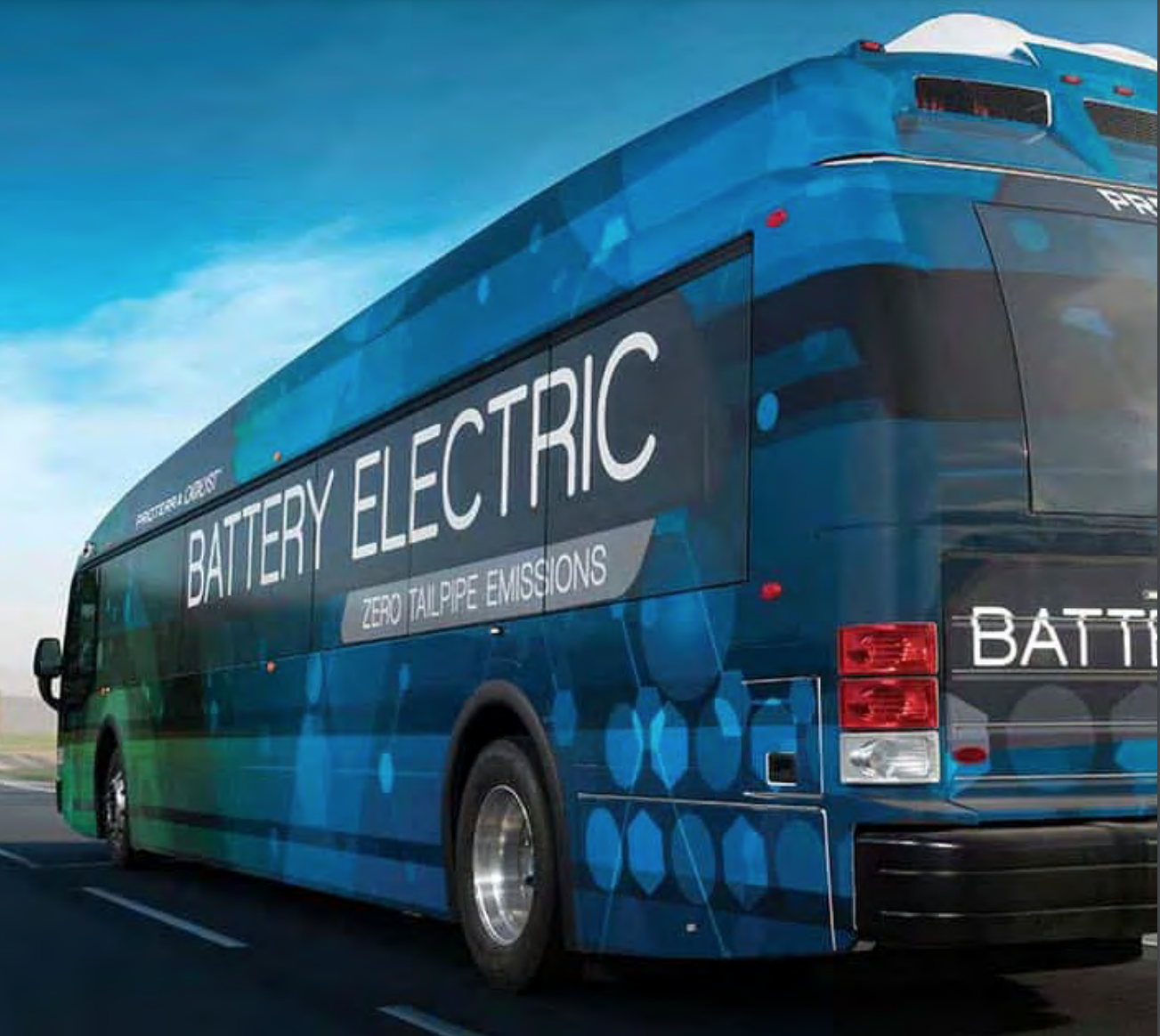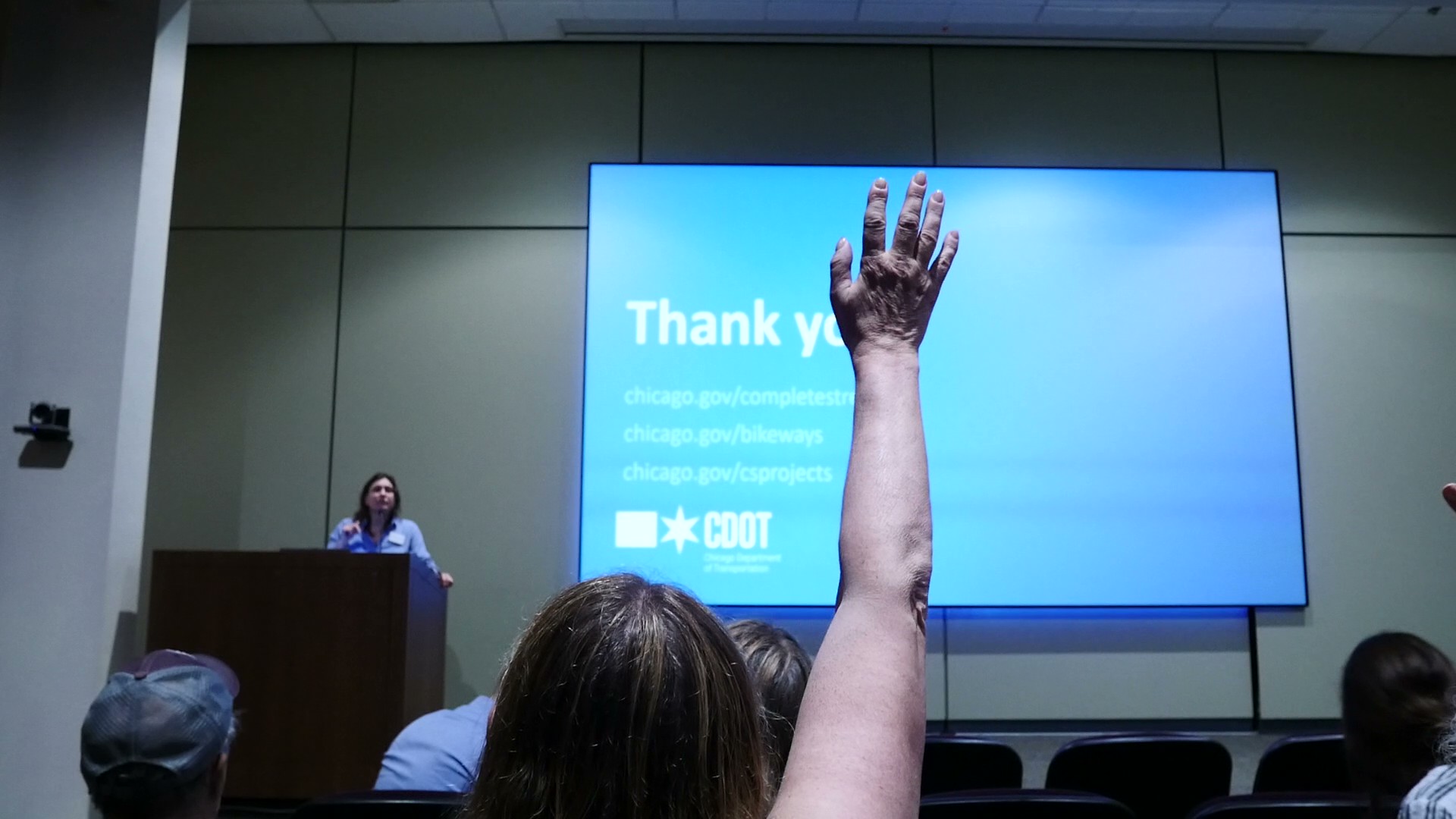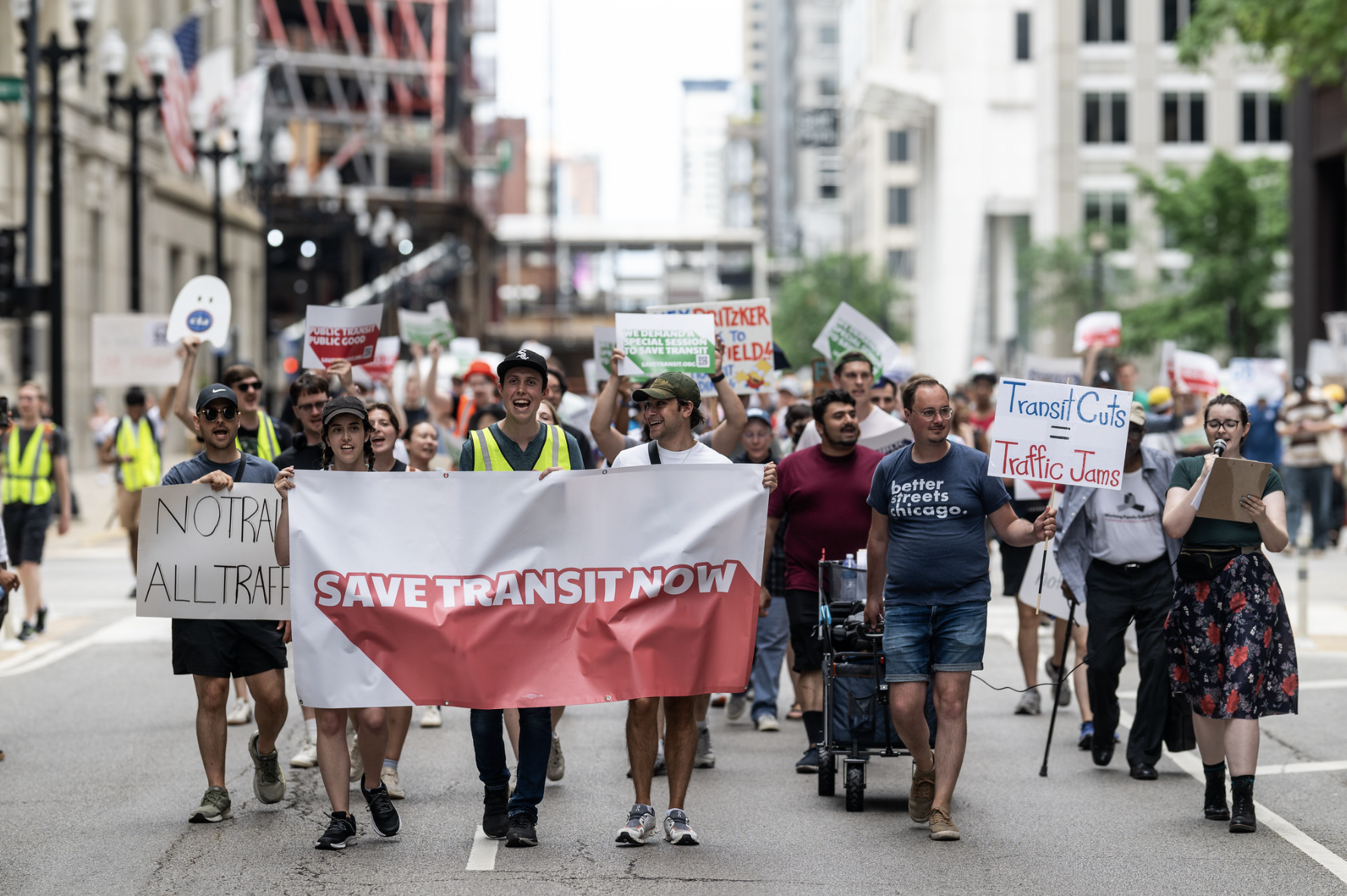Here's how to weigh in on the proposed Pace 2022 budget.
Pace is planning to buy more electric and compressed natural gas buses, upgrade garages, finish the long-awaited Joliet Multimodal Center and launch Dempster Pulse Arterial Rapid Transit Line next year. Perhaps most tantalizingly of all, at least in the near term, the suburban bus agency hinted at reinstating at least some of the routes suspended during the pandemic – but the public won’t find out any details until Pace releases its 2022 budget on October 20.
During the September 15 meeting of the Pace Board of Directors, transit officials presented the outline of the proposed 2022 budget. The transit agency is planning to spend around $10 million to introduce electric buses to the North Division, which includes Waukegan and its neighboring suburbs. It would also spend around $300 million in state funding for improvements to other bus garages and transit hubs, $3.1 millions to expand on-demand service in collar counties and $5 million to grow partnerships with ride-hail companies. Pace also plans to spend $7.1 million on “fixed route service expansion/reinstatement” in what the agency is billing as “the largest service expansion in Pace’s history,” but it didn’t mention what it would do beyond launching the Pulse Dempster line, its second Arterial Rapid Transit corridor. The agency subsequently indicated that it plans to permanently eliminate one of the suspended routes – Route 602 Higgins-Salem-Cedarcrest, a rush hour feeder route that connected residents of west Schaumburg to the village’s Metra station.
As required by law, Pace will hold eight public budget hearings in the end of October – one per each collar county, plus one in Chicago and two in suburban Cook County. As of October 5, Lake County, Will County, Chicago and one of the suburban Cook County hearings will be virtual, while the rest will be in person. Pace reserved the right to make the in-person hearings virtual if the COVID-19 pandemic gets worse. Residents will also be able to review public hearing materials and submit comments online.
The board will vote on whether to approve the budget during its November 10 meeting, and the Regional Transportation Authority will give it a final approval in December.
Service Changes
In spring 2020 as the pandemic deepened, Pace suspended 75 routes and reduced service on 25 more. Most of those routes were commuter-orientated, providing feeder service to Chicago-bound Metra trains, picking up reverse-commuters taking Metra into the suburbs, or providing suburb-to-suburb rush hour express service. But a few of the suspended routes – such as northwest suburban Route 696 Randhurst-Woodfield-Harper College – were suspended due to low ridership.
During the summer, Pace revived three local routes and a few shuttle services, while restoring pre-pandemic service levels to five more. But the fate of the other suspended services remains up in the air. Pace officials previously indicated that the restoration many of those services, such as the “Shuttle Bug” services for reverse commuters at the Lake Cook Road corridor, hinges on when the companies bring their employees back to the offices.
Route 602 was one of the rush hour feeder services that took passengers to Metra stations in the morning and returned them home in the afternoons. The routes have been bleeding ridership even before the pandemic, and they were among the first routes to get suspended. While Metra schedules have gotten closer to pre-pandemic service levels recently, they are not there yet, and ridership continues to be impacted by many traditional commuters working remotely.
If eliminated, the only other route that covers western Schaumburg is more local-style Route 608 Roselle-Schaumbug, which is also currently suspended.
During the September board meeting, Pace executive director Rocky Donahue said that the transit agency expects to have the Pulse Dempster corridor, which follows the same routing as Pace Route 250 Dempster Street, in operation by June 2022. He said that, because of some right-of-way issues, the service won’t necessarily launch with all of the stations in place. Pace felt that it was better to partially launch it than to let station construction delays hold the entire service.
In fairness, Pulse Milwaukee, currently Pace’s only ART corridor, didn’t have all the stations up and running when it launched, either.
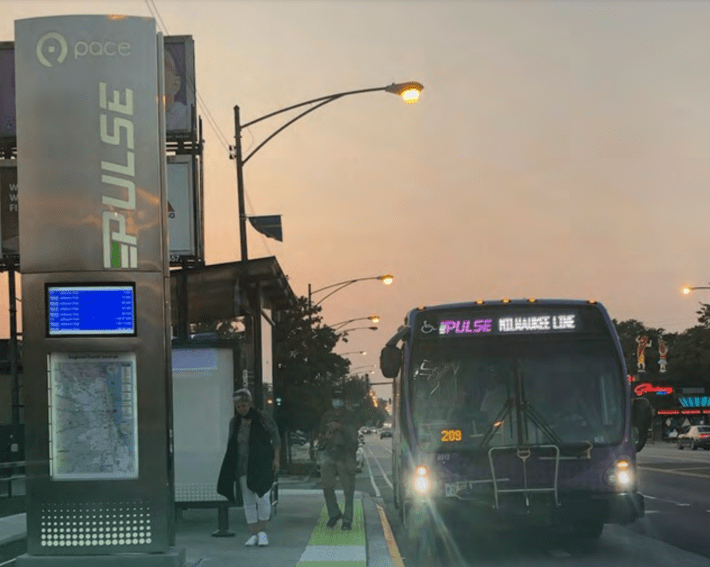
Pace is also planning to invest more in dial-a-ride services, where municipalities, townships and nonprofit organizations team up with the transit agency to provide on-demand services. Donahue said that every provider will get a 15 percent increase in funding, Pace is also investing more in addressing what has been a major issue with dial-a-ride services: The service areas, fares and eligibility criteria vary between providers, complicating longer trips. While the McHenry County Department of Transportation managed to bring them all together under MCRide program, other counties have struggled, with Kane County officials explicitly citing funding as a major obstacle. Donahue said that Pace will be issuing $200,000 grants to each collar county to implement “enhanced, county-wide dial-a-ride” services.
Pace’s Taxi Access Program allows paratransit-eligible riders to hail a taxi for a reduced price. Donahue said that they want to build something like this in the suburbs using ride-hail providers, except it would be available to all riders.
Capital Projects
The final version of Pace’s Driving Innovation strategic plan calls for Pace’s bus fleet to be entirely emission-free by 2040. In 2022, the transit agency plans to take a major step in that direction, spending $10 million to buy six electric buses and install charging stations at the North Division garage. This would be a significant improvement over the two diesel-electric buses used in Highland Park. Donahue said that the goal is to convert all North Division routes to electric buses by 2026. The five-year capital plan calls for Pace to buy 46 additional electric buses on the top of the six it’s buying next year.
Pace is also continuing work on other major garages. Donahue said that the larger garage in Plainfield, which Pace is building to accommodate more buses for Stevenson Expressway rush hour commuter routes, is expected to open next spring. Pace will also begin building a new Northwest Division garage in Wheeling, to replace the current Des Plaines garage. The new garage will allow Pace to fuel compressed natural gas buses, with the transit agency buying 51 additional CNG buses next year.
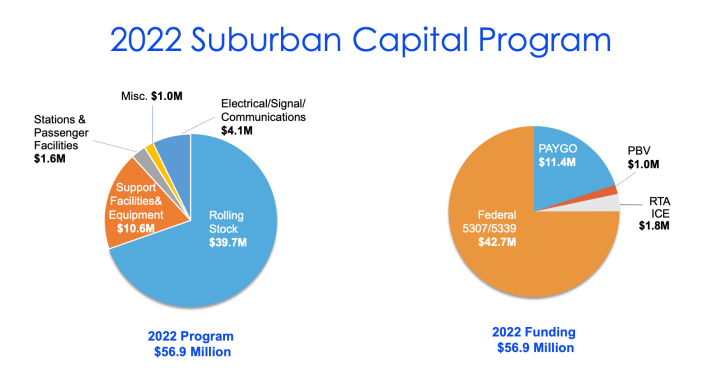
The River Division garage, which serves the express buses serving the I-90/Jane Addams Memorial Tollway corridor, will be expanded, and Pace is planning to renovate the South Division garage.
Donahue said that the long-awaited Joliet Multimodal Center, which will allow more seamless transfers between Metra trains and Pace buses in downtown Joliet, is excepted to open in “late 2021 or early 2022.” Pace and Metra will also begin work on redesigning the Harvey Transportation Center, a major south suburban transit hub, to improve the existing facilities and make it easier to transfer to the nearby Harvey Metra Electric station.
Donahue also said that Pace will also be improving waiting areas for paratransit transfer hubs in Calumet City and Schaumburg.
Pace budget analyst Melanie Castle noted that in 2022 the agency will still have the last two COVID-19 federal stimulus packages to cover funding shortfalls, but Pace will start experiencing deficits in 2023. The RTA is still in the early stages of divvying up the funding from the American Recovery Plan Act.
“RTA is planning on using 2022 budget to determine that need, and Pace is hoping that it will cover the shortfall,” Castle said.
